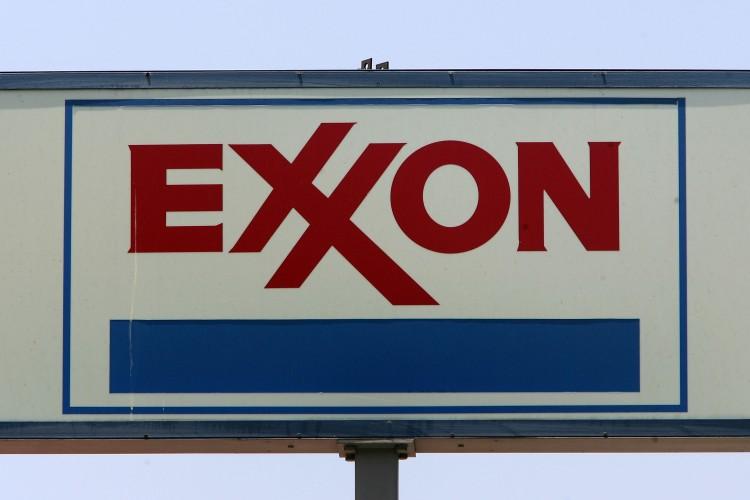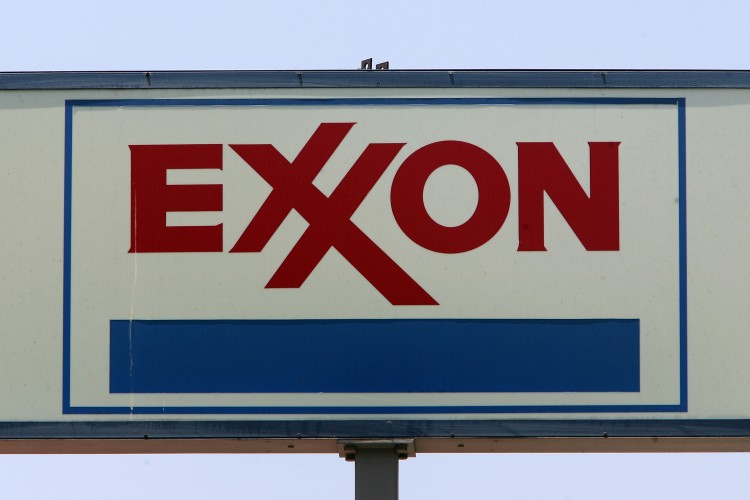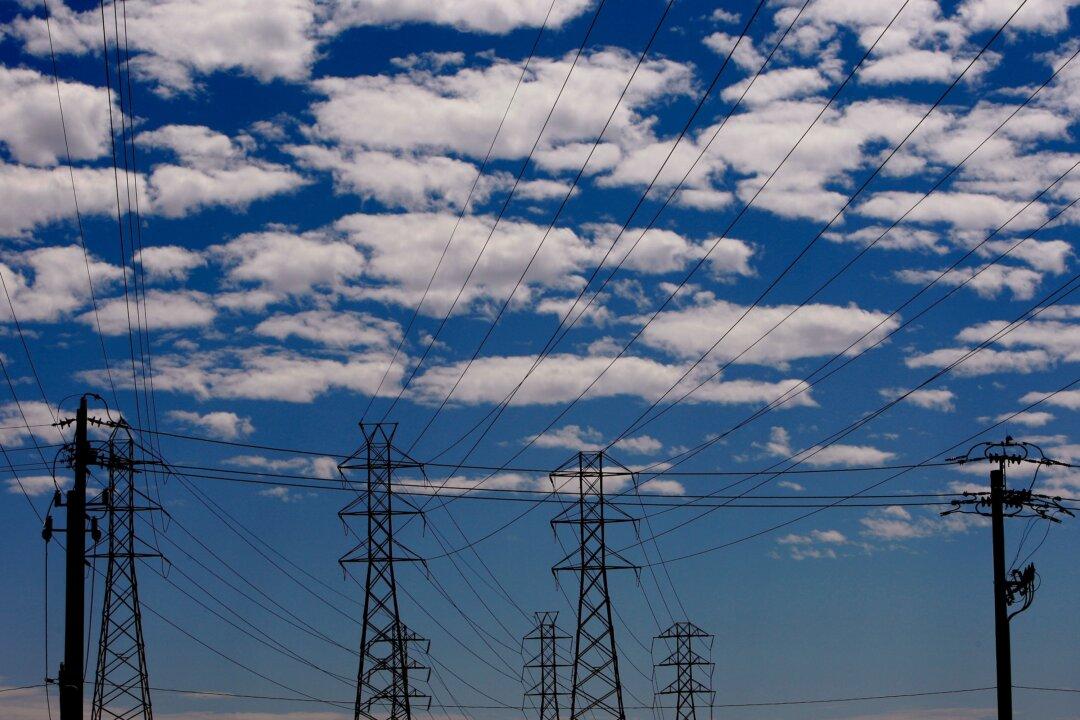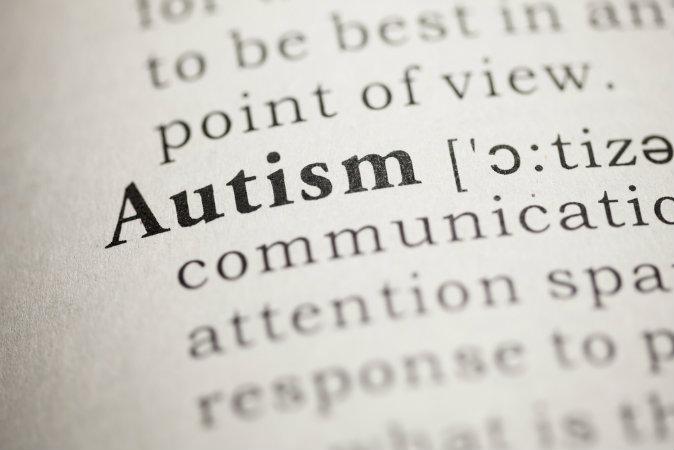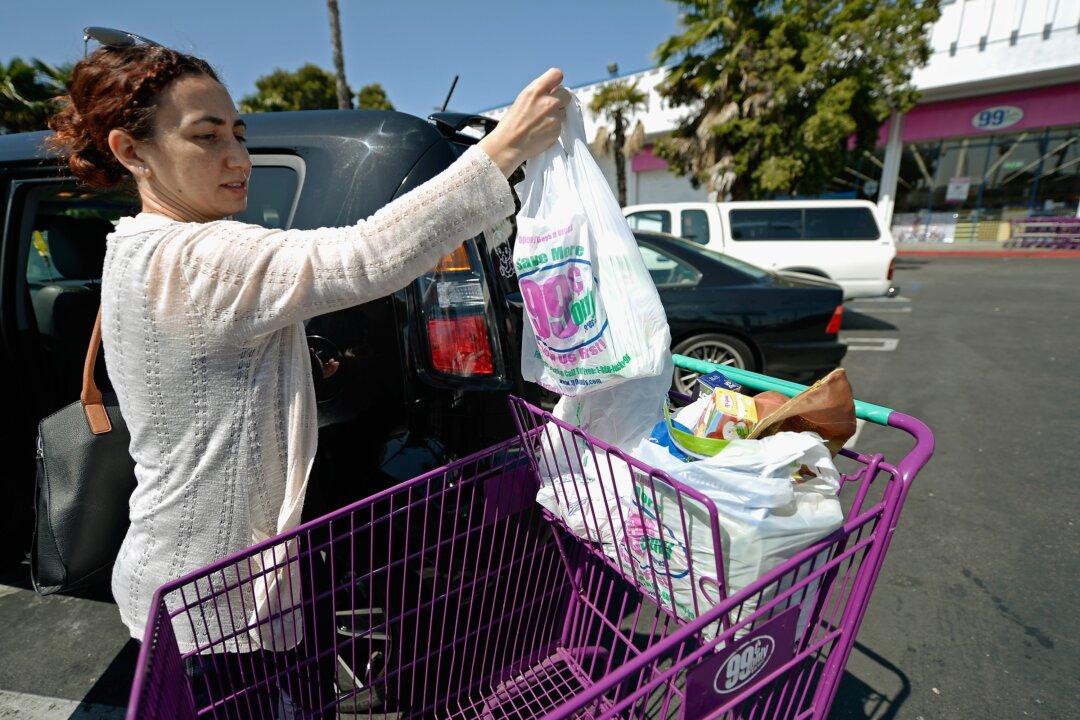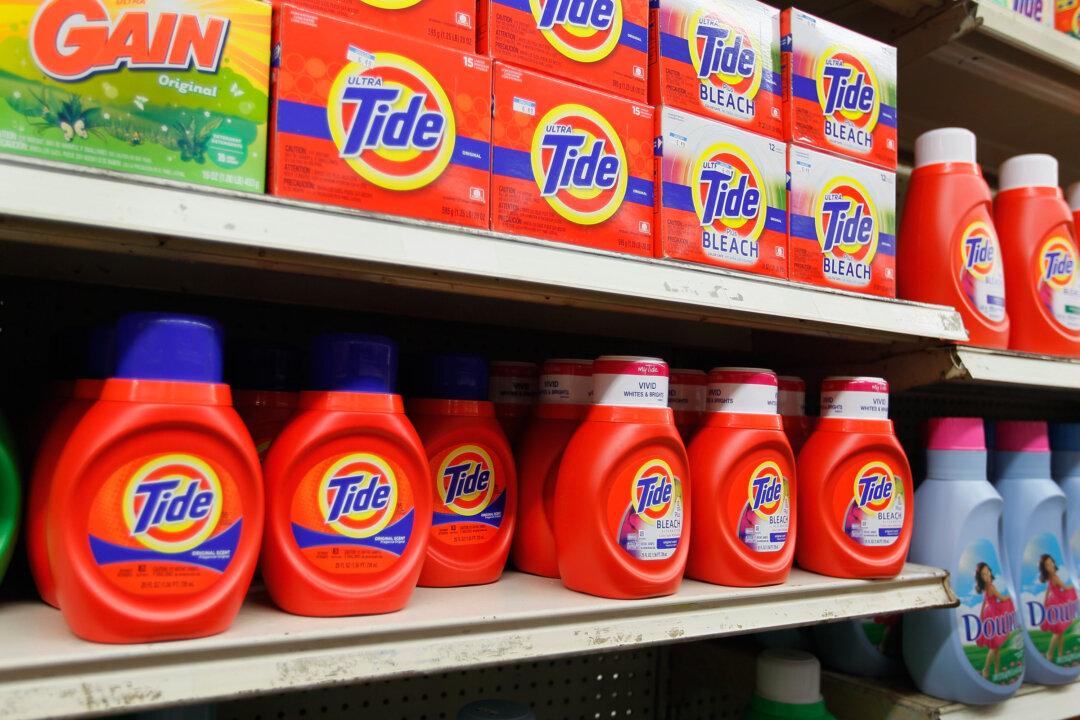Montana Oil Spill Effects Unclear
At approximately 11:00 a.m. on July 1, a pipeline from ExxonMobil burst and crude oil spilled into the Yellowstone River around 20 miles upstream from Billings, Mont. An estimated 1,000 barrels of oil was injected into the flooding river before the pipeline was shut down.
|Updated:
